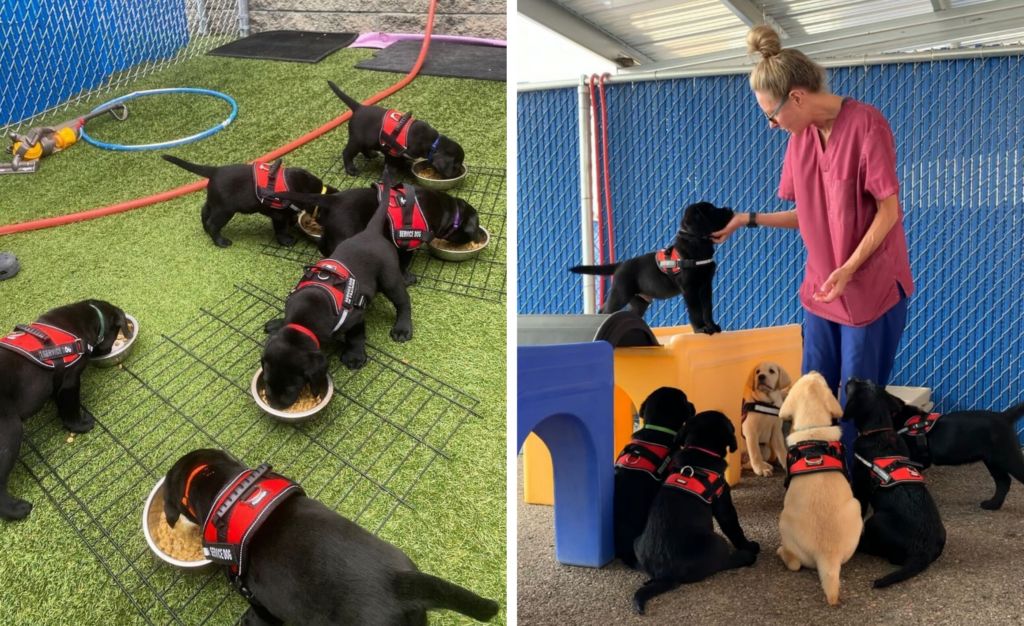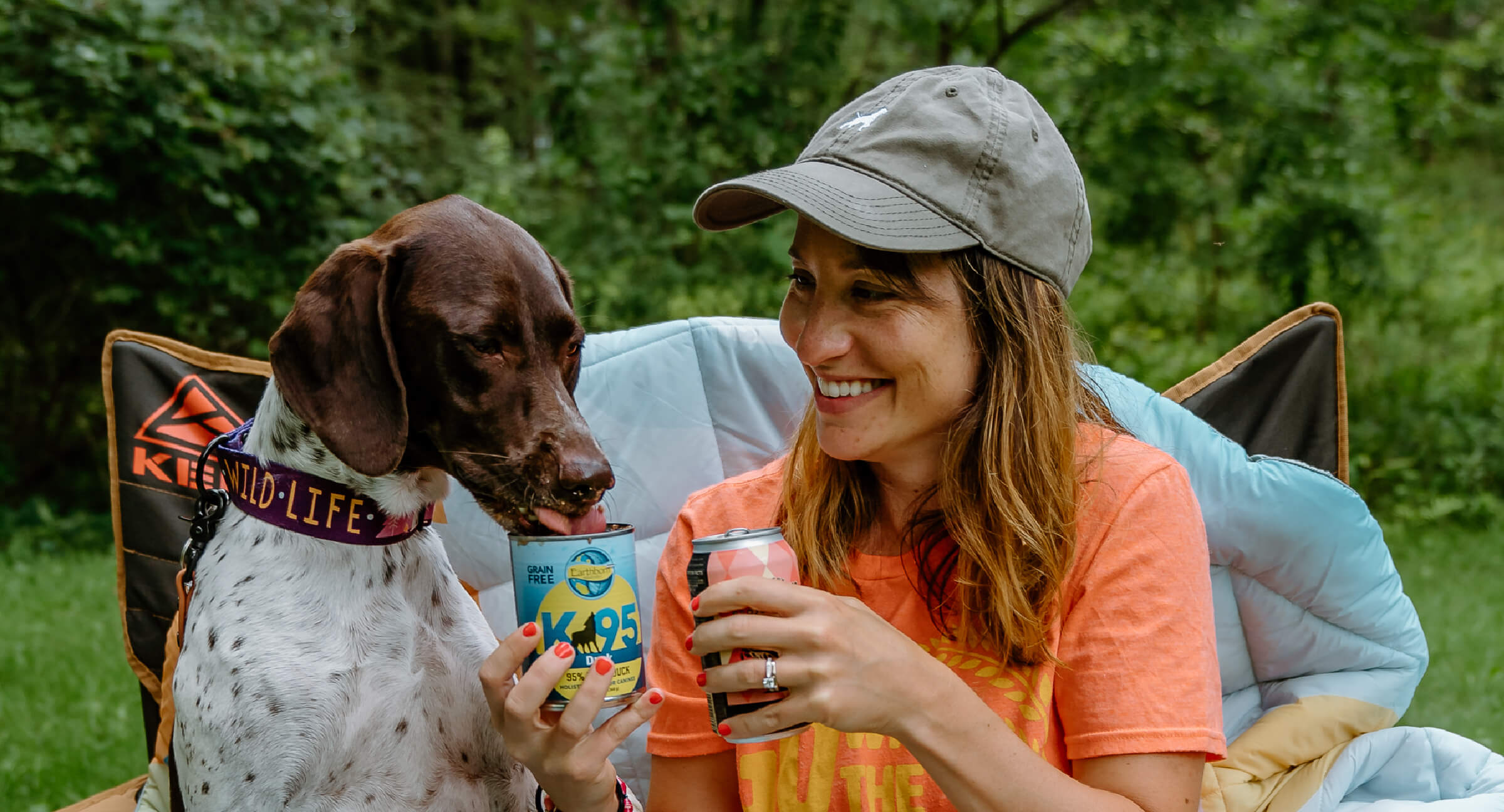Overcoming Challenges in Dog Training: Expert Advice for All Pet Owners
Overcoming Challenges in Dog Training: Expert Advice for All Pet Owners
Blog Article
Leading Pet Training Strategies Every Proprietor Need To Know

Favorable Support Techniques
Making use of positive reinforcement techniques is important for effective pet dog training, as it cultivates a relying on bond in between the pet and the trainer. This technique concentrates on rewarding desirable habits instead than penalizing unwanted ones, producing an environment helpful to finding out. Incentives can consist of deals with, appreciation, or play, which encourage pets to repeat the actions that make them these incentives.

In addition, this technique enhances the dog's interest for training sessions. When dogs associate training with favorable experiences, they are extra involved and receptive. Beyond immediate therapy, favorable reinforcement urges a collective relationship in between the dog and instructor, decreasing anxiousness and fear
To optimize efficiency, it is vital to deliver benefits quickly, making certain the canine attaches the behavior with the support. Essentially, favorable support methods not only generate better-trained canines however likewise promote an unified collaboration in between pet dog and owner.
Remote Control Training Technique
The remote control training approach is a highly efficient technique that builds on the concepts of positive reinforcement by adding a distinct sound to mark wanted actions. This method uses a little handheld device that creates a clicking noise, allowing instructors to communicate with their dogs in a instant and clear manner. When a dog performs an actions that the proprietor desires to urge, the remote control is activated, complied with by a reward, usually in the type of treats or praise.
The trick to effective clicker training depends on uniformity and timing. It is crucial to click at the exact minute the wanted actions takes place, making certain that the dog connects the sound with the activity and the subsequent incentive. This method not just enhances interaction but likewise fosters a stronger bond in between the pet and the owner, as it motivates interaction and communication during training sessions.
Clicker training can be put on a variety of commands and habits, from fundamental obedience to extra intricate techniques. Its adaptability and efficiency make it a favored method among professional fitness instructors and animal proprietors alike, paving the way for a receptive and well-trained canine friend.
Leash Training Basics
Efficient leash training is essential for making certain a delightful and secure strolling experience for both pet dogs and their proprietors. A flat collar might function for some pets, while others might benefit from a harness that reduces drawing.
Present your pet to the chain progressively, allowing them to discover it in a comfortable atmosphere. This includes gratifying your dog for strolling next to you instead than pulling ahead.
If your dog begins to pull, stop walking instantly. Wait till they return to your side before returning to. This shows them that drawing does not bring about progress. Additionally, technique numerous strolling atmospheres to aid your dog adapt to interruptions.
Normal technique will solidify your pet's understanding of leash rules. Bear in mind that chain training is a recurring process; persistence and consistency will certainly generate the best outcomes, cultivating a favorable experience for both you and your canine companion.
Socializing Methods
Socialization is an important facet of canine training that should preferably begin throughout puppyhood but can be advantageous at any kind of age. Efficient socializing aids dogs establish self-confidence and minimizes the likelihood of behavior concerns. To apply effective socialization strategies, reveal your dog to a range of environments, individuals, and other pets.
Begin with controlled settings, such as puppy classes or arranged playgroups, where young pet dogs can communicate securely. Gradually introduce your dog to new experiences, including different noises, surface areas, and activities. Make sure these experiences are positive and fulfilling to establish a complacency.
For grown-up pets or those doing not have exposure, begin with low-stress circumstances. Short, positive interactions with pleasant human beings and calm pets can create favorable organizations. Utilize deals with and appreciation to reinforce desirable habits throughout these experiences.

Consistency and Perseverance
Identifying the relevance of uniformity and persistence in canine training is important for attaining lasting results. Training a canine is a gradual process that requires a structured technique and unwavering dedication from the proprietor. Each command or actions need to be strengthened constantly to help the canine understand what is expected of them. Irregular training can lead to confusion, making it challenging for the dog to realize commands or actions, inevitably hindering progression.
Dogs, like human beings, find out at their own speed. This promotes a trusting relationship between the dog and proprietor, motivating a more passionate and ready learner.
To grow consistency and persistence, develop next page a regular training regular, make helpful site use of the exact same commands, and guarantee that all household members apply the very same training concepts - Dog training. By doing so, you develop a steady atmosphere for finding out, enabling your pet dog to flourish and develop right into a well-behaved companion
Conclusion
Finally, effective canine training techniques, such as positive reinforcement, remote control training, and proper chain training, are necessary for fostering a healthy owner-dog partnership. In addition, carrying out socialization techniques and keeping uniformity and perseverance throughout the training procedure contributes significantly to a dog's total well-being. By incorporating these methods, pet owners can facilitate the growth of well-adjusted, obedient animals, inevitably improving the lifestyle for both the dog and the proprietor.
Amongst the most famous techniques are positive support, clicker training, and leash training, each offering special benefits that contribute to a well-behaved canine. As we check out these basic techniques, it comes to be noticeable that understanding their nuances can dramatically impact the training experience and the dog's general actions.Making use of favorable reinforcement strategies is crucial for reliable pet training, as it fosters a trusting bond in between the instructor and the dog.In conclusion, reliable pet dog training methods, such as favorable support, remote control training, and proper leash training, are essential for promoting straight from the source a healthy owner-dog connection. By incorporating these methods, dog proprietors can facilitate the development of well-adjusted, obedient family pets, ultimately enhancing the quality of life for both the pet and the proprietor.
Report this page